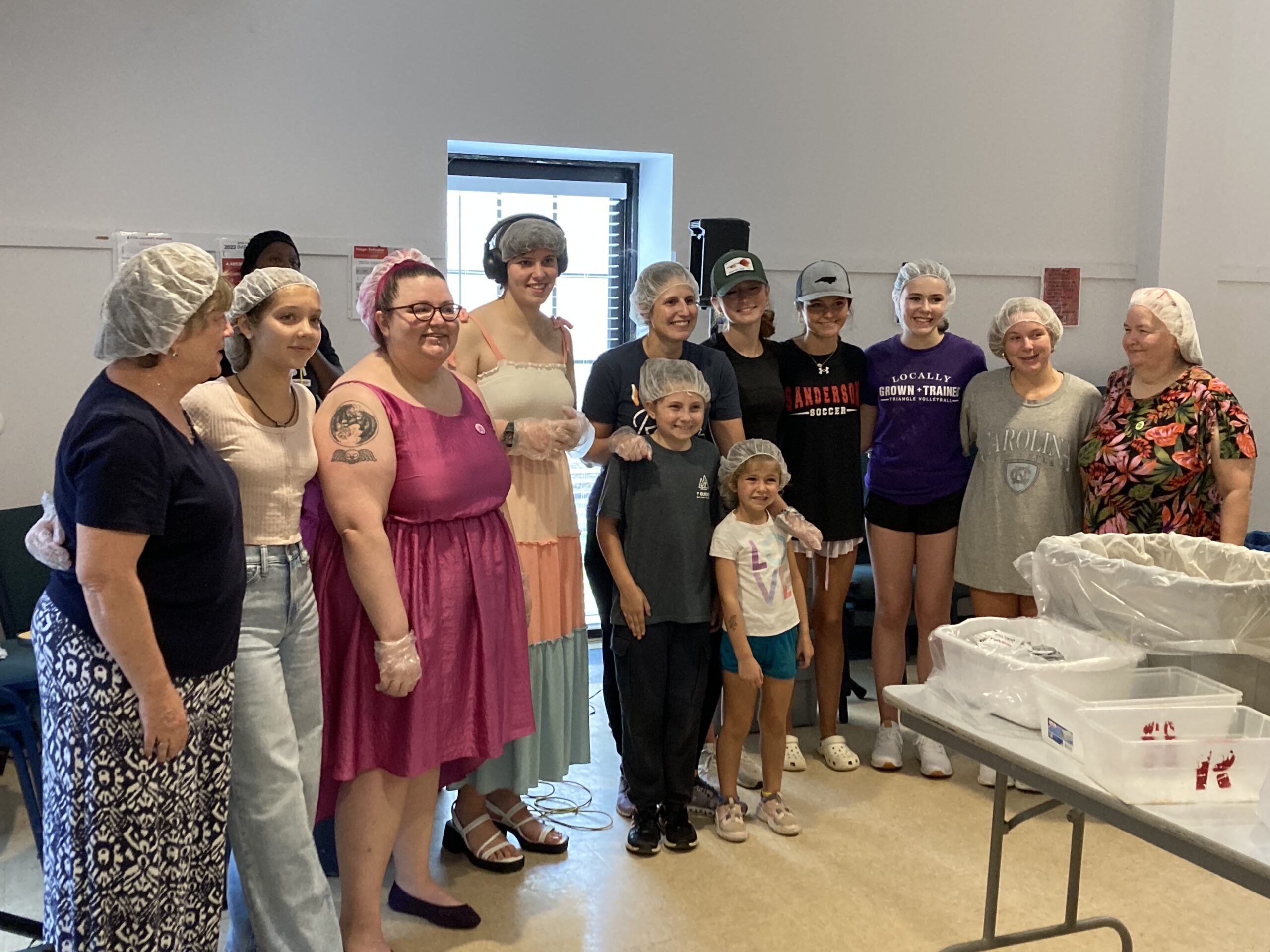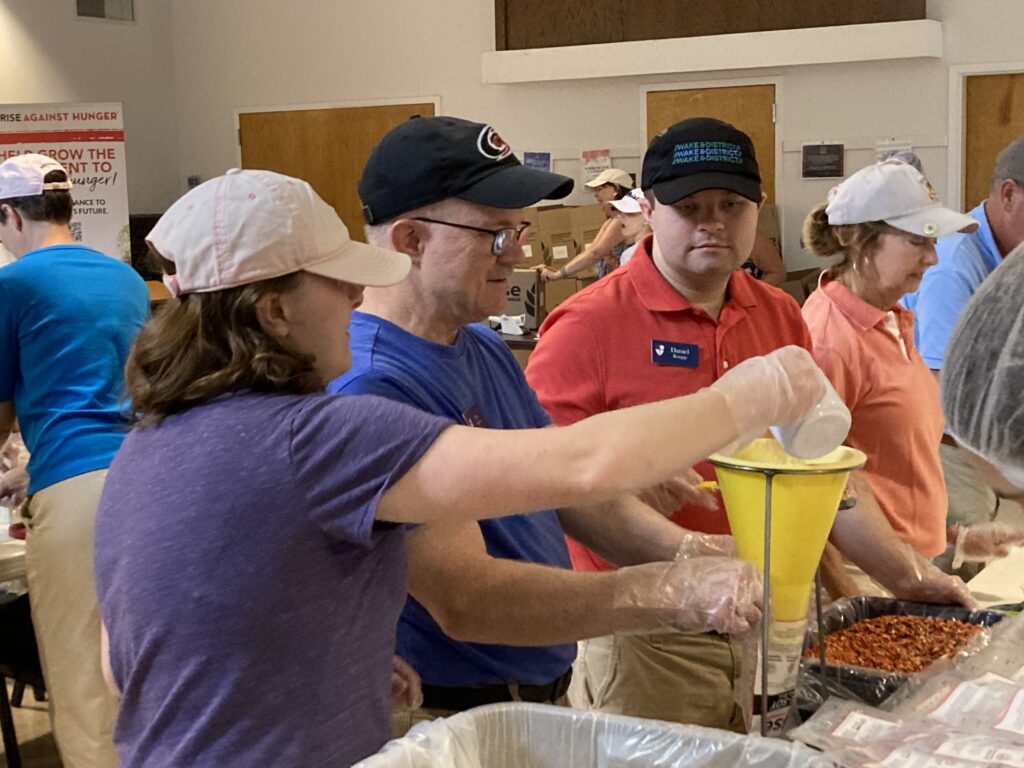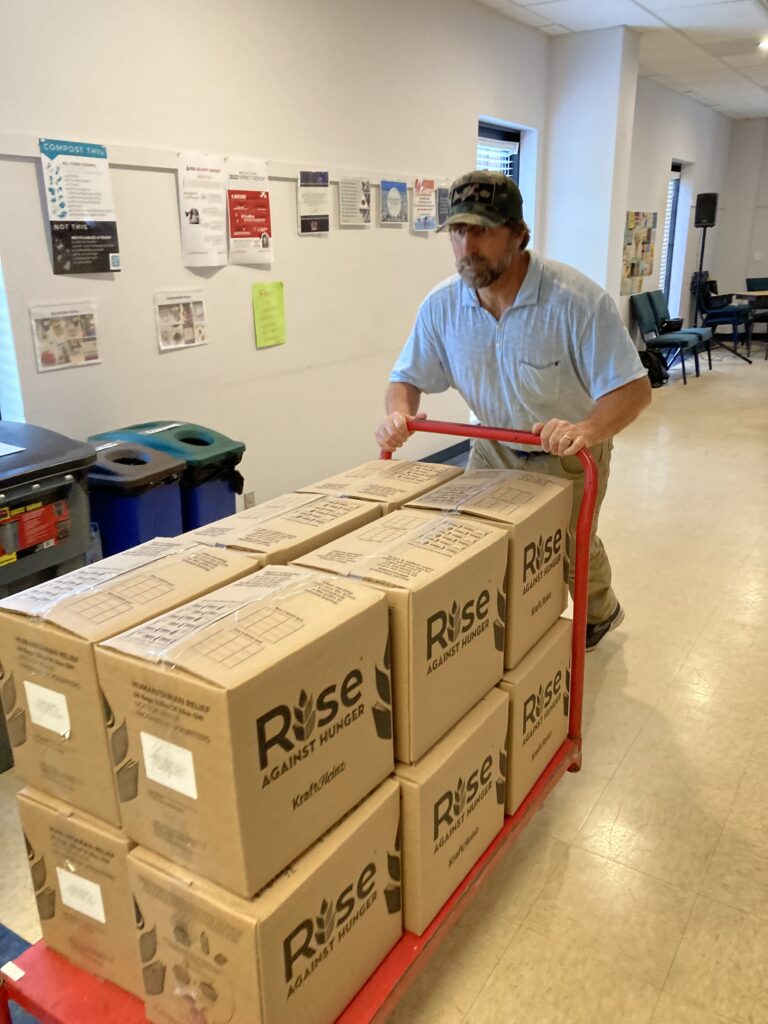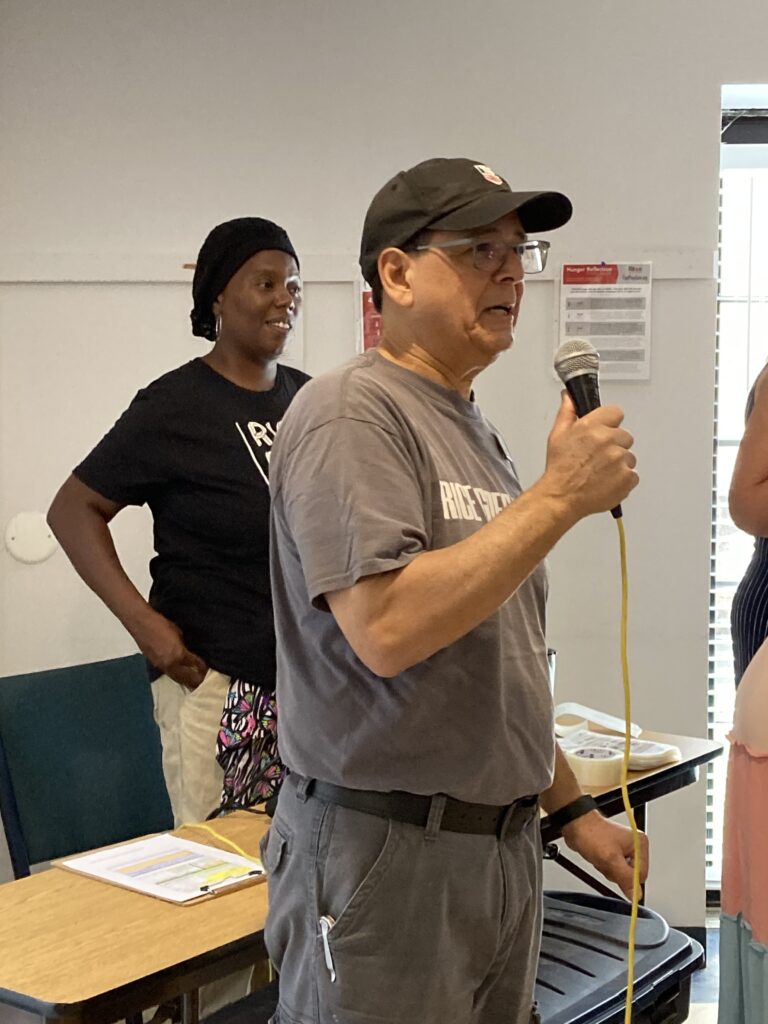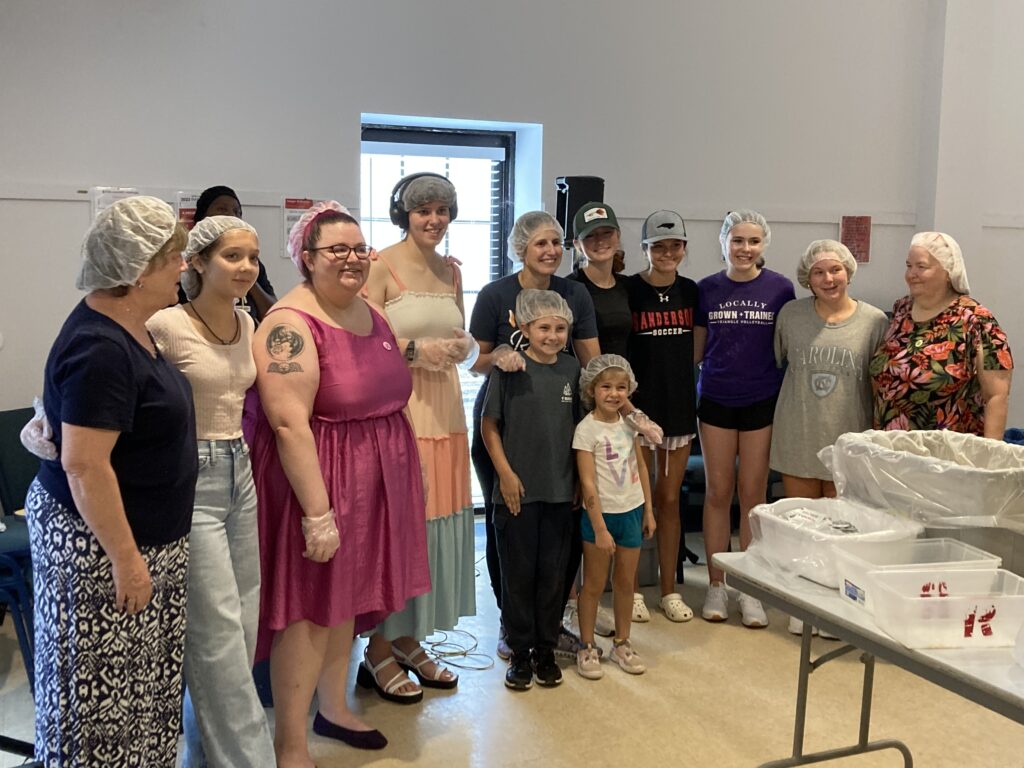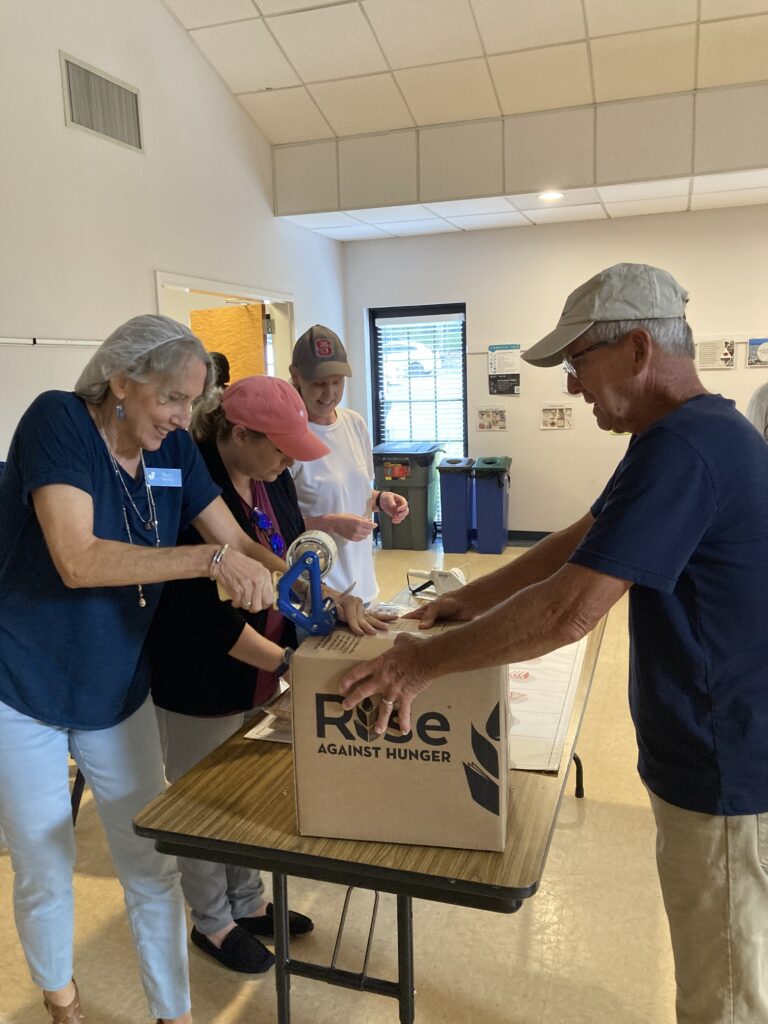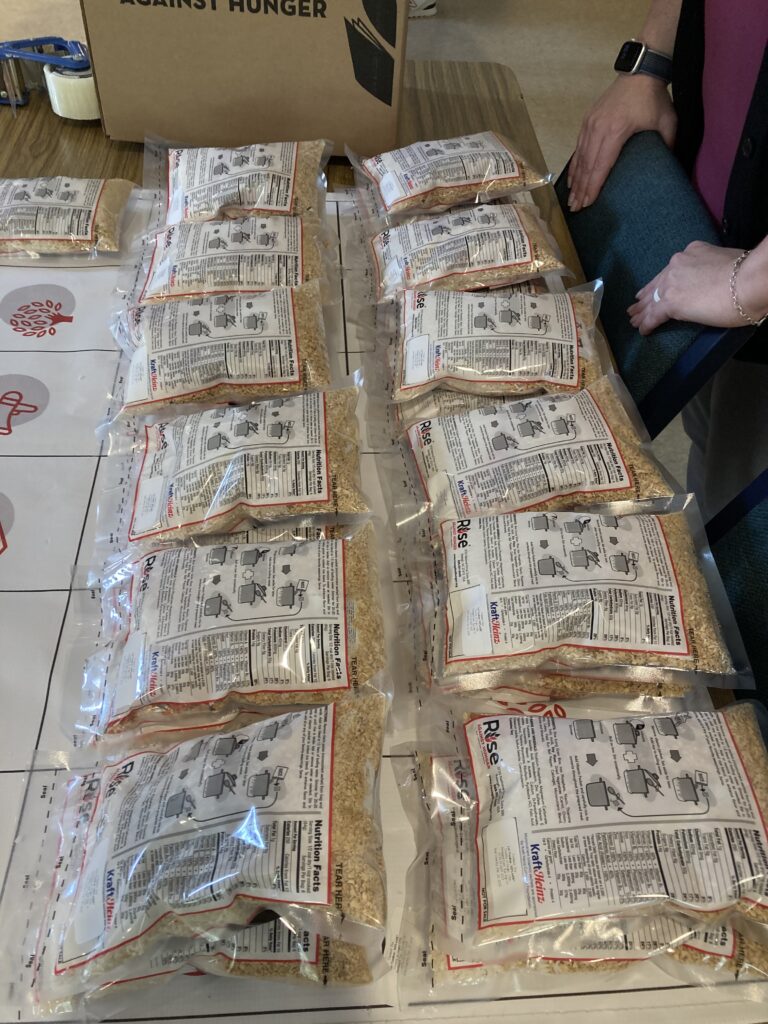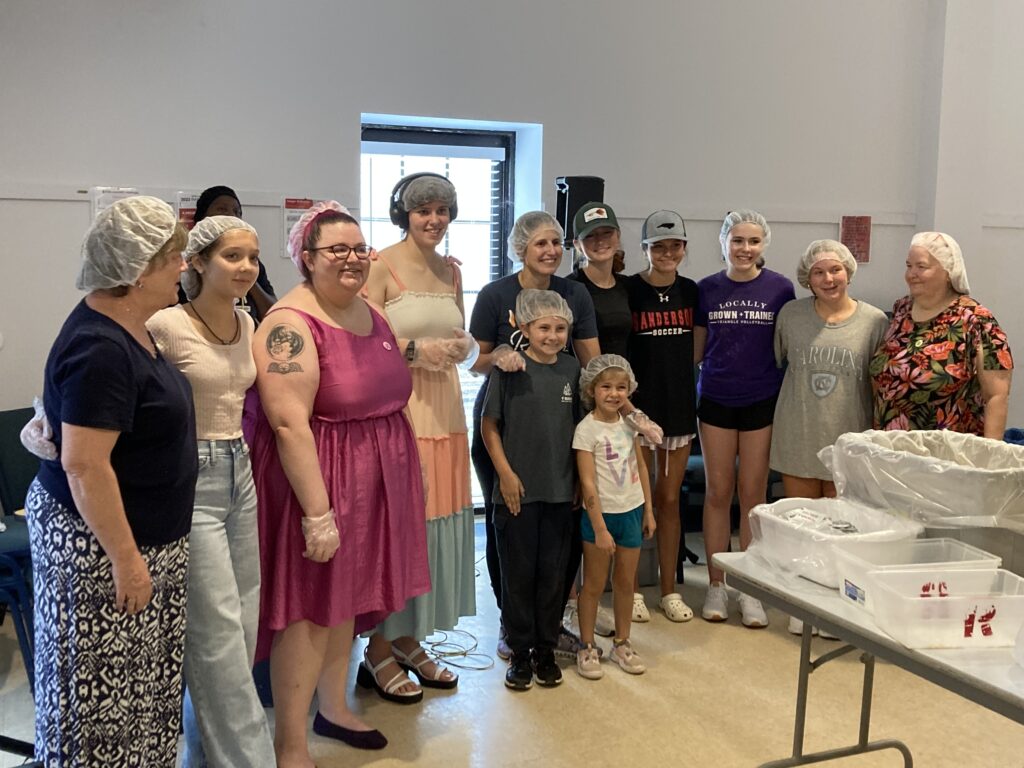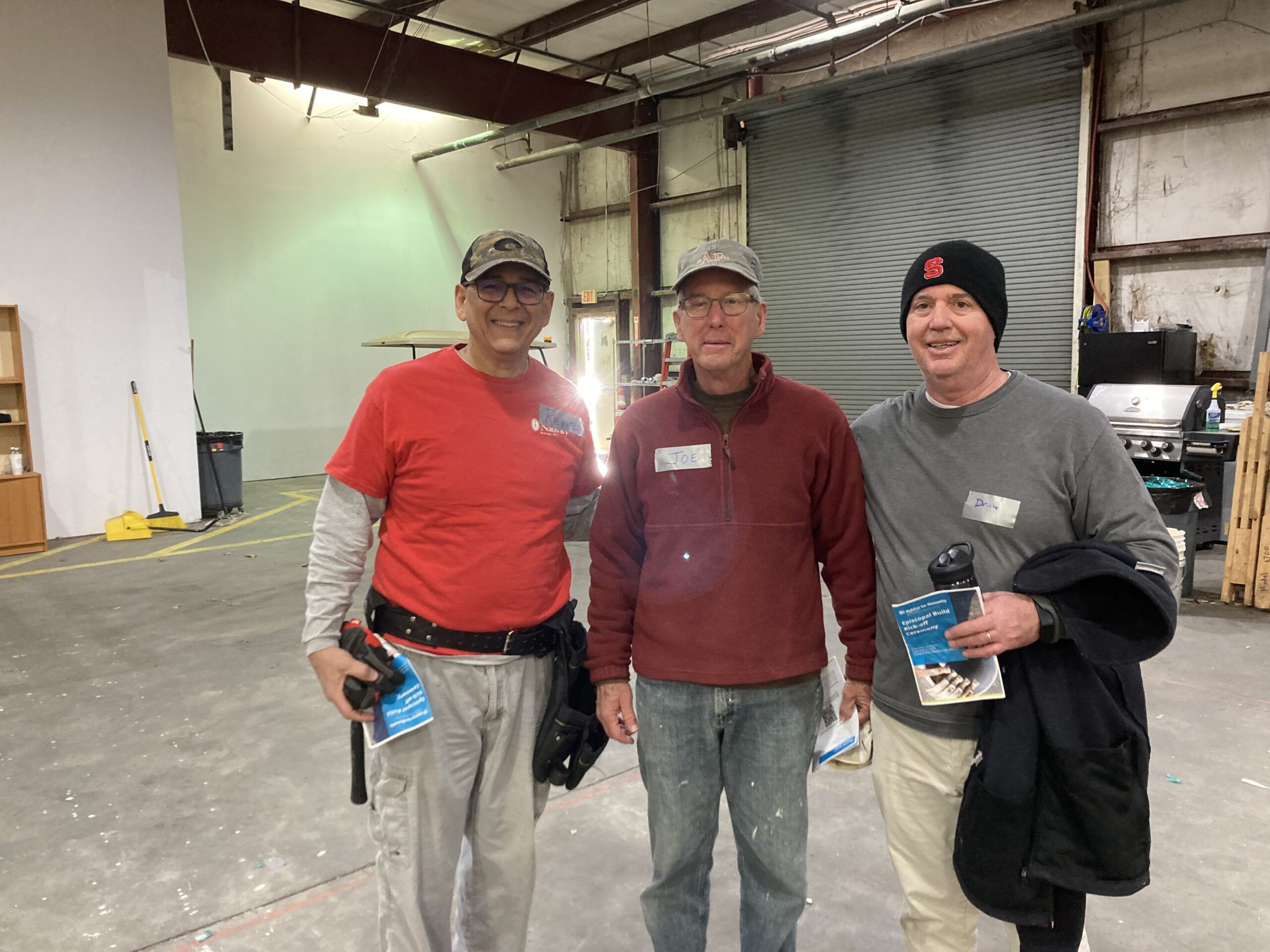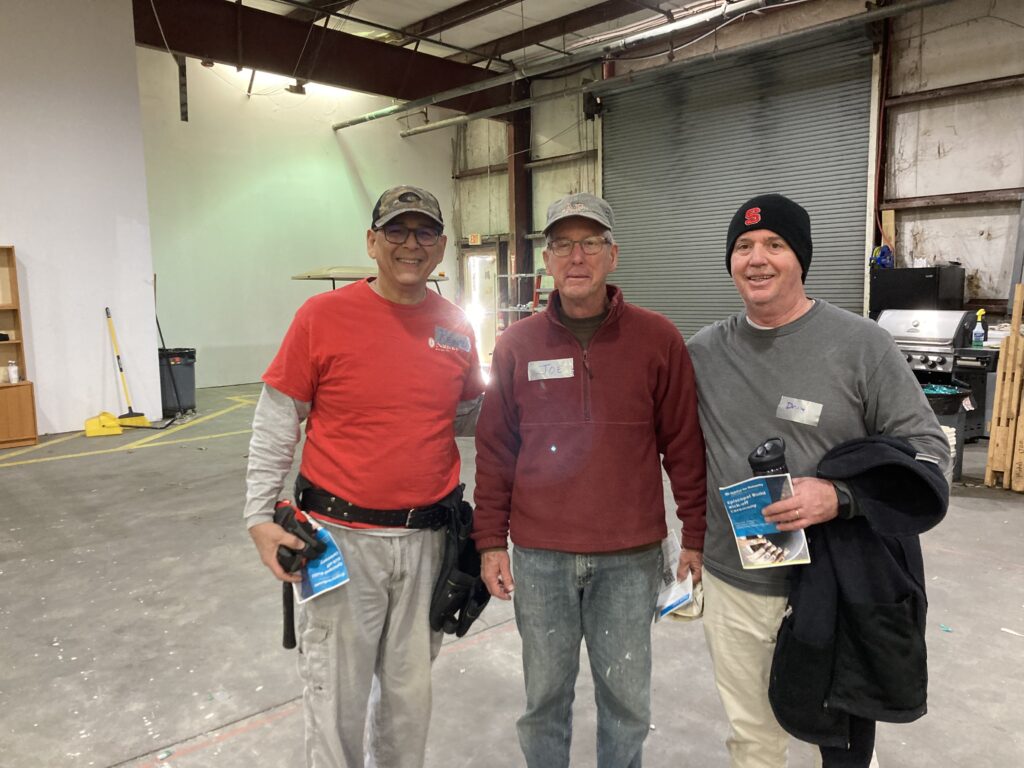by Ryan and Keri Parker
—
We both grew up in homes with lots of books. Ryan’s parents were avid readers who, during college, sold encyclopedias for Southwestern Book Company to afford tuition. Keri’s parents were school teachers, and the family made regular trips to the public library. We both had favorite children’s series: Ryan’s was The Hardy Boys, and Keri’s was the Judy Blume stories.
As we progressed through school, our love of reading similarly matured and evolved. Ryan got into the writings of Southern authors (especially William Faulkner and Eudora Welty), as well as the novels and essays of C.S. Lewis and J.R.R. Tolkien. Keri enjoyed reading historical fiction, especially the works of Kristen Hannah, Nicholas Sparks, and Elin Hilderbrand. However, it wasn’t until our later twenties to early thirties that we started thinking more critically about who was — and who wasn’t — included in the books of our formative years, and the characters we’d later gravitated toward.
The heroes and heroines of our childhood stories were overwhelmingly White, Western, and representative of the dominant culture. This representation was similarly mirrored in the dolls and toys we’d had in our homes. As we became first-time parents to Hannah in 2014, and especially after Maddie was born in 2017, we started thinking more intentionally about the toys and books we brought into our home. If only White, Western, dominant culture characters and stories were around, what messages did this unconsciously teach our kiddos? What were we communicating about who and which stories mattered?
African-American pastoral theologian Edward Wimberly reminds us that “social narratives circumscribe the possibilities from which we choose,” but as Christians “we believe that God is the author of the overarching narrative.”1. God offers us the freedom to examine “the negative conversations that we have internalized,”2 including privileging the dominant culture in our bookshelves and toy bins. Choosing to privilege God’s narrative, which encompasses all our particular narratives, is participating with God’s response-empowering grace!3 The point is not to feel guilty about our past myopia and lack of inclusivity, but to make small but significant steps toward including the grander narrative of ALL God’s people.
So, when we heard about the idea of building a Peace Library at Nativity, we were excited! We knew that this would be an opportunity for not only our kiddos, but all the younger members of Nativity to be exposed to images, stories, and themes likely absent in other areas of their daily formation at school and home. We’ve donated several books to the collection, and so far have probably checked out more books than any other family. (But you can still catch up!)
We are excited about the prominence of the Peace Library situated in the entry to the sanctuary. By entering into the conversations of the people of God at Church of the Nativity, each of us has the opportunity to be more fully transformed into the image and likeness of the One who is all in all. The One who welcomes each of us home, together.
—
- Edward P. Wimberly, Claiming God, Reclaiming Dignity: African American Pastoral Care (Nashville: Abingdon Press, 2003), 25.
- Wimberly, 26.
- Wimberly, 78.


